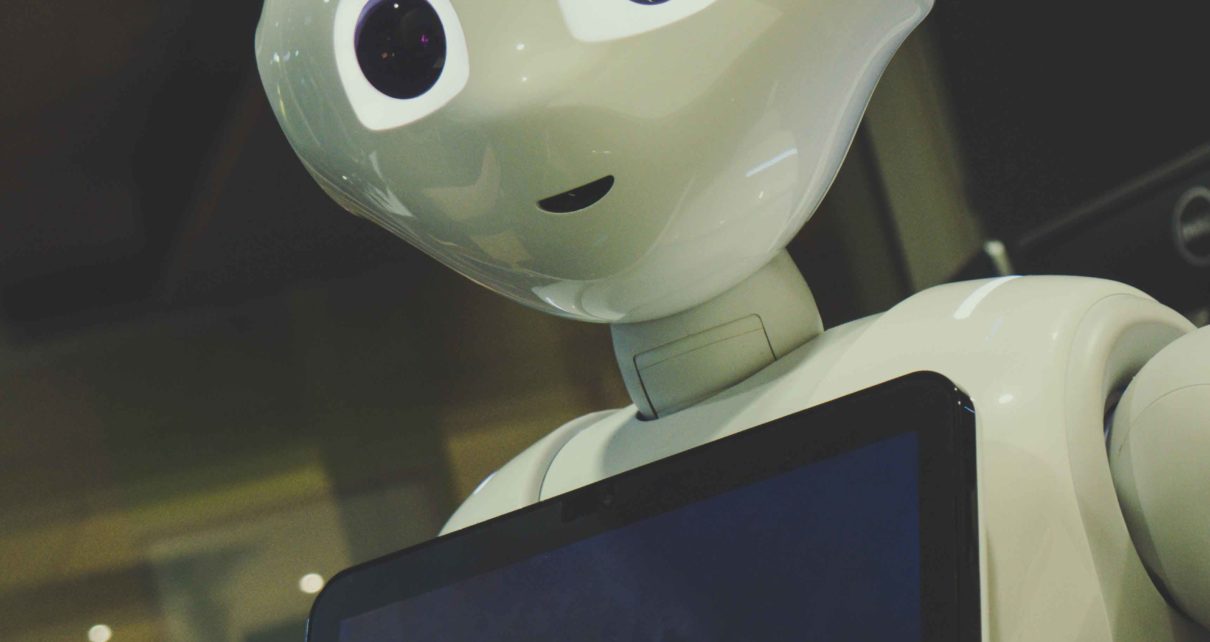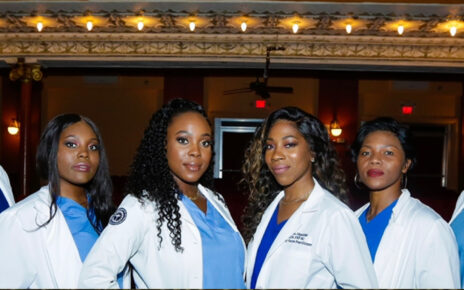A recent episode of the X-Files showed Agents Mulder and Scully dining in a restaurant where there wasn’t a single person in sight. Rather, everything was automated—the ordering, the food prep, the delivery system—offering some playful commentary on the technological world we live in today.
 Robots are starting to play an important role in restaurants
Robots are starting to play an important role in restaurants
But while the story was meant to be a bit of an exaggeration, the idea that robots and automation could soon be taking over the food service industry is not completely outlandish. In fact, robots are already starting to play an important role, and the public is excited by the possibilities.
Between decreasing prices for robotics equipment, the increasing minimum wage, and difficulties restaurants face in finding cooks and other employees in many cities in the country, restaurants can expect to see more food service robots among their staff in the coming years.
Robots are Flipping Hamburger Patties at Miso Robotics
California-based Miso Robotics introduced Flippy to the restaurant industry earlier this year. The robotic kitchen system acts as a fry cook, identifying patties on a grill, tracking them as they cook, flipping them, and even placing them on a bun.

Restaurant-goers were so intrigued by the prospect of having their burger flipped by a robot, that when it was piloted in a CaliBurger restaurant in Pasadena, Flippy was so overwhelmed with orders, he had to be taken out of the kitchen.
Perhaps he could’ve used some reinforcements.
Robots are Making Pizza at Zume Pizza
At Zume Pizza, a food delivery startup in California’s Bay Area, Doughbot is one of several robots on the assembly line, pressing dough up to five times faster than some of the most veteran pizza spinners.
“Our robots are delicate, yet strong, and extremely flexible to handle hundreds of pizzas per day,” says Alex Garden, CEO and co-founder of Zume Pizza and Zume Inc. “Beyond that, they are dynamic and react to each individual order—versus just doing the same motion over and over again. This is something that’s never before been done in the food industry.”
First, the pizza-making process starts with fresh ingredient preparation, as the Zume team chops and prepares everything from chiffonade basil to pineapple slices every morning. Once all the prep is done, the kitchen crew uses the first robot on the line, the Doughbot, to press each naturally leavened dough ball into perfectly round, 14-inch pie shells. Then Bruno, a six-axis robot, puts each crust in the oven to partially bake.
In the afternoon, these crusts go back on the line, where robots Pepe and Giorgio dispense the right amount of sauce onto each pie, followed by Marta, who spins the sauce around the shell. From there, several employees top the pie with fresh ingredients, and it heads into refrigeration before going out for delivery.

Robots are Making Cocktails at Makr Shakr
Makr Shakr is a robotic bar system that allows its users to create limitless cocktail recipes that are assembled and served by robotic arms.
Alessandra Savio, the startup’s marketing and communications manager, notes Makr Shakr aims to turn everyone into a bartender, not to eliminate the need for humans.
“By a process of co-creation, people are able to combine their decisions regarding cocktails with the power of modern technology,” she says. “I think that we should all be happy that, today, many tasks can be successfully carried out by robots, allowing people to focus on more creative tasks.”
Today Makr Shakr is on board five Royal Caribbean cruise ships, and inside both the Miracle

Mile Shops in Las Vegas and the Hard Rock Hotel & Casino of Biloxi, Mississippi.
“Since October 2014, Makr Shakr’s robotic arms have delivered more than 1 million perfectly crafted drinks, with peaks of 800 cocktails produced per night,” Savio says. “As Makr Shakr continues to evolve, a new version of the robotic bartender will be unveiled in mid-2018.”
Robots are Making Salads at Chowbotics
In 2017, prompted by a desire to simply food preparation, Dr. Deepak Sekar created the prototype for Sally the Salad Robot, an automated salad delivery system. With a touch of a few buttons on a screen, the machine drops neat portions of refrigerated ingredients into a bowl.
“I love cooking, but have always felt that food preparation is tedious,” says Sekar, founder and CEO of Chowbotics, a startup based in Redwood City, California. “I 3-D-printed the first prototype of Sally to eliminate these repetitive tasks, allowing humans to be more productive. Salads were a perfect starting point because of their simplicity, as well as the ease of customization.”
Over the last year, Chowbotics has sold four Sally robots for use by a top food service provider at several of its Bay Area clients’ offices. Sally is also in the midst of a trial period in the lobby of a highly-trafficked Silicon Valley hotel.
“I think that we should all be happy that, today, many tasks can be successfully carried out by robots, allowing people to focus on more creative tasks.” -Alessandra Savio
“Sally’s key differentiator is that it is customizable,” Sekar says. “Sally can quickly create salads with any combination of ingredients, and users can fine tune the calorie total by adding or subtracting ingredients. This technology is also applicable to other meal periods, such as breakfast, as well as cuisines, such as Chinese, Mexican and Indian. Respective robots will follow in the future.”
Like a vending machine, Sally doesn’t require staffing; it can whip up salads around the clock, making it ideal for employers who want to provide options for when the cafeteria is closed, hotel operators who want to give guests an array of a healthy choices beyond the minibar, and convenience store operators wanting to provide a quick, fresh meal for commuters on the go.

“Salads can be sold directly from Sally in the front of house of existing restaurants, without the need for a separate transaction at the cash register,” Sekar says. “Also, Sally is ideal for food courts, malls and airports, as it offers a fresh, customized alternative to boxed salads and provides a healthy option when other outlets are closed.”
Sally’s proprietary technology also reduces the risk of foodborne illness, as ingredients are kept sanitary and separate. Each of Sally’s 22 ingredients is replenished on a regular basis and contained within the robot, reducing the potential for contamination.“Food service robots need to tackle challenges with cleanliness, since bacteria can often get stuck in sharp corners of the equipment,” Sekar says, noting that Sally recently received its food safety certification for passing the National Sanitation Foundation standard. “Building robots that can be easily maintained by food service workers is compulsory.”
Benefits of robots in restaurants (for humans)
The automation has paid off.
“Introducing automation has allowed us to offer a $17 minimum wage for all our kitchen employees, full health benefits for all full-time employees, and retraining opportunities that prepare them for higher-skilled jobs like data science and people management,” Garden says. “We invest in our people and work hard to ensure all our employees feel prepared for their future of work, that will increasingly be dominated by technology and automation.”






